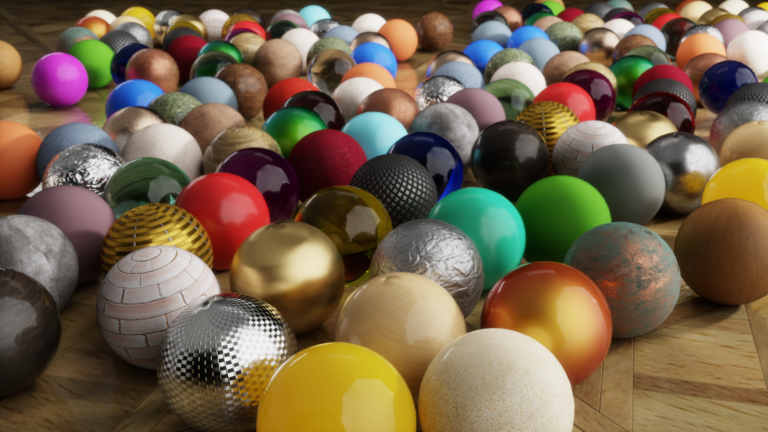 NVIDIA at SIGGRAPH 2022 today announced the full open sourcing of Material Definition Language (MDL)—including the MDL Distiller and GLSL backend…
NVIDIA at SIGGRAPH 2022 today announced the full open sourcing of Material Definition Language (MDL)—including the MDL Distiller and GLSL backend…
NVIDIA at SIGGRAPH 2022 today announced the full open sourcing of Material Definition Language (MDL)—including the MDL Distiller and GLSL backend technologies—to further expand the MDL ecosystem.
Building the world’s most accurate and scalable models for material and rendering simulation is a continuous effort, requiring flexibility and adaptability. MDL is NVIDIA’s vision for renderer algorithm-agnostic material definitions for material exchange.
MDL unlocks material representations from current siloes, allowing them to traverse software ecosystems. It can be used to define complex, physically-accurate materials by reducing material complexity to boost performance.
Dynamic materials support
NVIDIA is open sourcing the MDL Distiller to enable best-in-class implementations of MDL support for all kinds of renderers. Built as a companion technology to the MDL SDK and language, the Distiller is a fully automated solution to simplify all MDL materials to a reduced material model of a simpler renderer. As a renderer developer, you can now provide respective MDL Distiller rules, rather than material artists providing simpler materials for simple renderers.
MDL can now be used to author one high-quality, single-truth material without the need to make compromises or variants for lesser-capable renderers. Approximations and simplifications are left to the software. Once a renderer improves the capabilities, for example, the MDL Distiller rules can be upgraded and the old materials improve without the need to re-author the content.
Workflow flexibility and efficiency
New open source GLSL backend technologies provide MDL support to renderer developers building on OpenGL or Vulkan, closing the gap to established graphics API standards. The MDL Distiller and GLSL backend will enable many more developers to leverage the power of MDL.
By unlocking material representations, artists have the freedom to work across ecosystems while maintaining material appearance. This means a material can be created once and then shared across multiple applications.
The ability to share physically-based materials between supporting applications, coupled with the flexibility of use in renderers and platforms like NVIDIA Omniverse, is a key advantage of MDL. This flexibility saves time and effort in many workflows and pipelines.
Learn more about NVIDIA MDL and download the SDK to get started.
Watch the NVIDIA Special Address at SIGGRAPH 2022 on demand, and join NVIDIA at SIGGRAPH to see more of the latest technology breakthroughs in graphics, AI, and virtual worlds.
